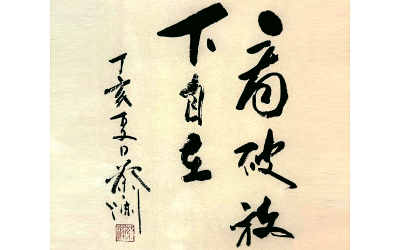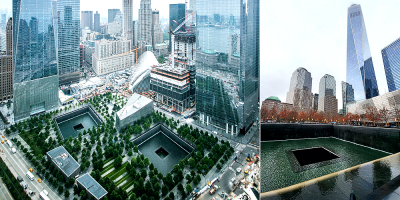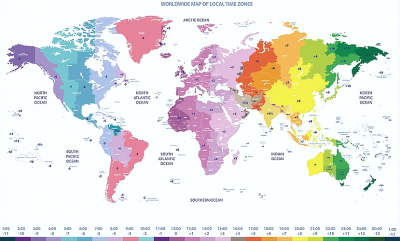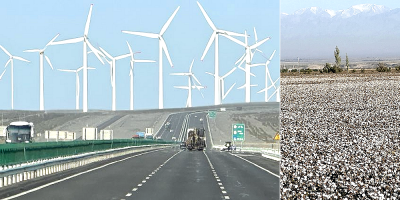March 15, 2003, the WHO suddenly issued a global travel warning: avoid travelling to China, Hong Kong, Taiwan, Singapore, Vietnam, the Philippines, Canada and other countries, as severe acute respiratory syndrome (SARS) was fast spreading in these countries and territories, and the mortality rate was quite high!
That was the first time I came to know about some fatal infectious disease although I had no idea how destructive it could get.
But the thing is, this ban order from the world health body had killed the tours & travels as well as commercial flights. Frequency of flights into the affected cities was drastically slashed due to widespread panic, and few would risk their lives flying.
It was said that the most badly hit was the B737 flying into Hong Kong with only ten passengers onboard. Things didn’t look up quite well obviously, but more frustratingly, other than tons of rumours about the epidemic, no one actually knew how to get rid of the dreadful virus. Of course, wearing a mask was absolutely essential.
Let’s take a look at how SARS spread back in those days. It was said that the virus was discovered way back in November 2002 in Heyuan city in China’s Guangdong province, and could have spread to humans from bats or civets.
At that time many people treated fever and diarrhoea as just another infection, but we never expected the virus to keep mutating and become increasingly infective and lethal.
On March 21, 2003, a doctor battling the virus in China returned to Hong Kong, and began to feel very ill after checking in his hotel room in Kowloon. He took some antibiotics. The following morning, he rushed to the hospital’s A&E department but it was already too late. The virus had spread through his nose and mouth secretions to over 20 other people who in turn spread the virus to more people around the region and later, across the world.
That was how the world’s first pandemic in the 21st century evolved. In May that year, both Hong Kong and Beijing fell to the virus, and became the most severely hit areas.
From the figures provided on Wikipedia, 8,349 people around the world were infected with SARS between November 1, 2002 and July 31, 2003 while around 800 people were killed. The worst hit places were: China 5,327 infections and 348 deaths, Hong Kong 1,755 infections and 299 deaths, Taiwan 346 infections and 84 deaths, Canada 250 infections and 39 deaths, and Singapore 239 infections and 33 deaths.
New infection numbers and fatalities were reported widely by the media almost every day. At the same time, face masks, ventilators and gloves were selling like hot cakes.

As for international travels, they were not altogether dead. Surprisingly flights to Europe were still operating as usual although due to slow demands, ticket prices were halved.
Back then some senior managerial staff proposed to go on unpaid leave and after the boss gave the green light, they started to backpack to Europe for almost half a year! I can still remember our manager Teng declaring to everyone: See you in another year!
On the morning of July 5, 2003, I received my birthday present: an official announcement from WHO that SARS was fully contained worldwide!
The crisis that lasted for just four months had dealt a severe blow on the tourist industry. Many people were forced to make the hard decisions of quitting the industry.
Sadly, Chow and Alice had to leave us. As for Orange Holidays, it was very badly hit as it focused only on US and incentive tours. To cut costs, the board of directors and shareholders agreed to close down Orange and absorb its staff into Apple.
If you were to ask me how I would summarise the year 2003, I would unhesitantly tell you: we would never be able to plan ahead of the changes actually taking place!
Looking back at what happened almost 18 years ago, I really must thank SARS for sending out a warning signal so that I have since learned to prepare some lifebuoys for myself.
Although what happens right before our eyes today is a massive tsunami as powerful as a nuclear explosion, isn’t it that all the most competent captains we have today have come this far because of the countless storms and rough seas they have sailed through?
More in the Isshōkenmei series
(Lee San is Founder and Group Executive Chairman of Apple Vacations. He has travelled to 132 countries, six continents, and enjoys sharing his travel stories and insights. He has also authored five books.)
ADVERTISEMENT
ADVERTISEMENT








































